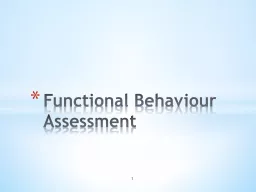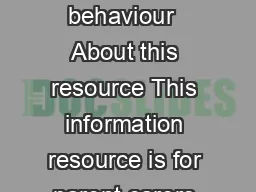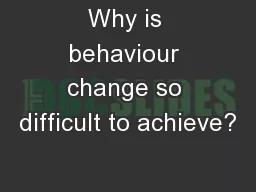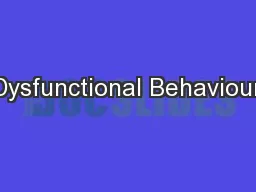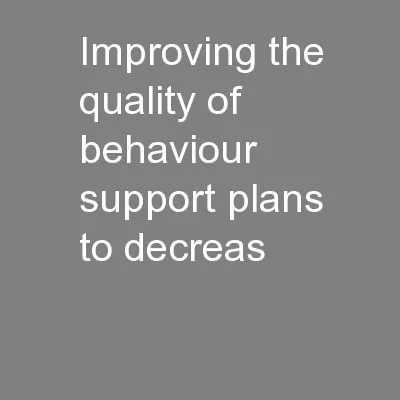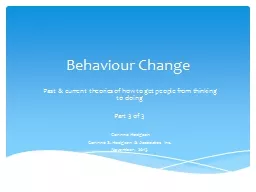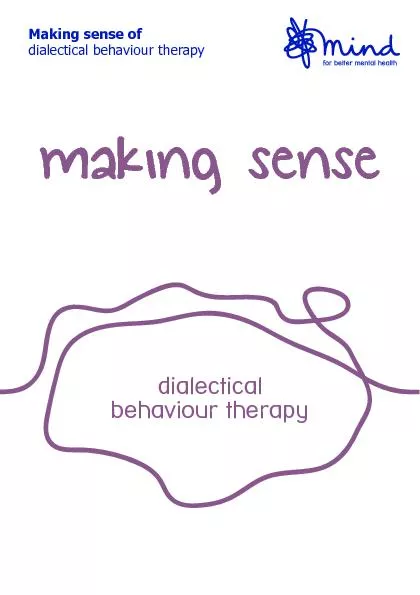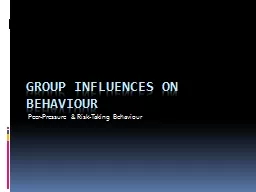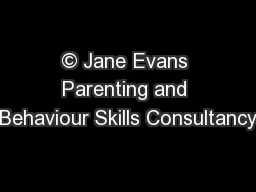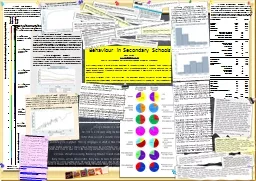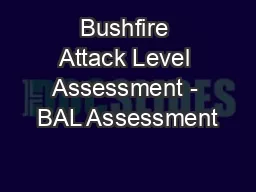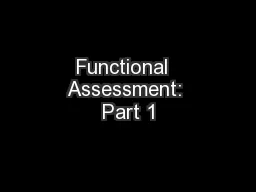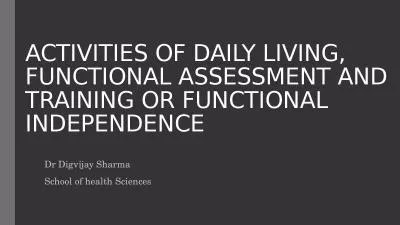PPT-1 Functional Behaviour Assessment
Author : enteringmalboro | Published Date : 2020-06-23
2 Agenda What is a FBA What is I nvolved in a FBA Functions of Behaviour The Plan Evidencebased Teaching Procedures Case Studies Questions 3 What is a Functional
Presentation Embed Code
Download Presentation
Download Presentation The PPT/PDF document "1 Functional Behaviour Assessment" is the property of its rightful owner. Permission is granted to download and print the materials on this website for personal, non-commercial use only, and to display it on your personal computer provided you do not modify the materials and that you retain all copyright notices contained in the materials. By downloading content from our website, you accept the terms of this agreement.
1 Functional Behaviour Assessment: Transcript
Download Rules Of Document
"1 Functional Behaviour Assessment"The content belongs to its owner. You may download and print it for personal use, without modification, and keep all copyright notices. By downloading, you agree to these terms.
Related Documents

